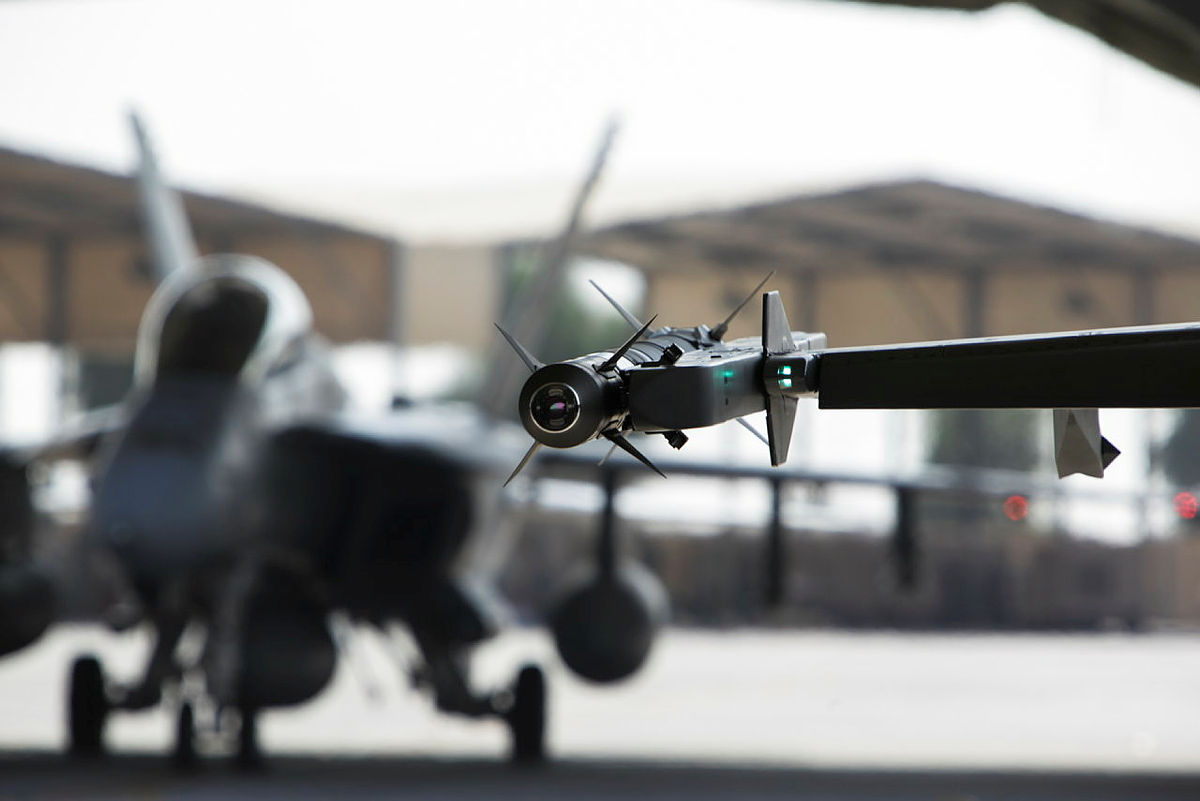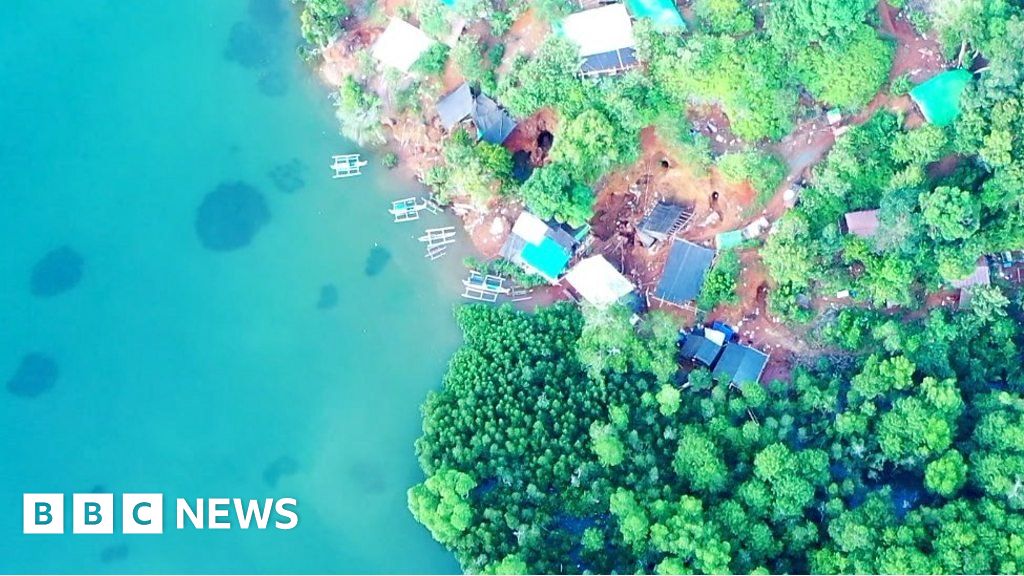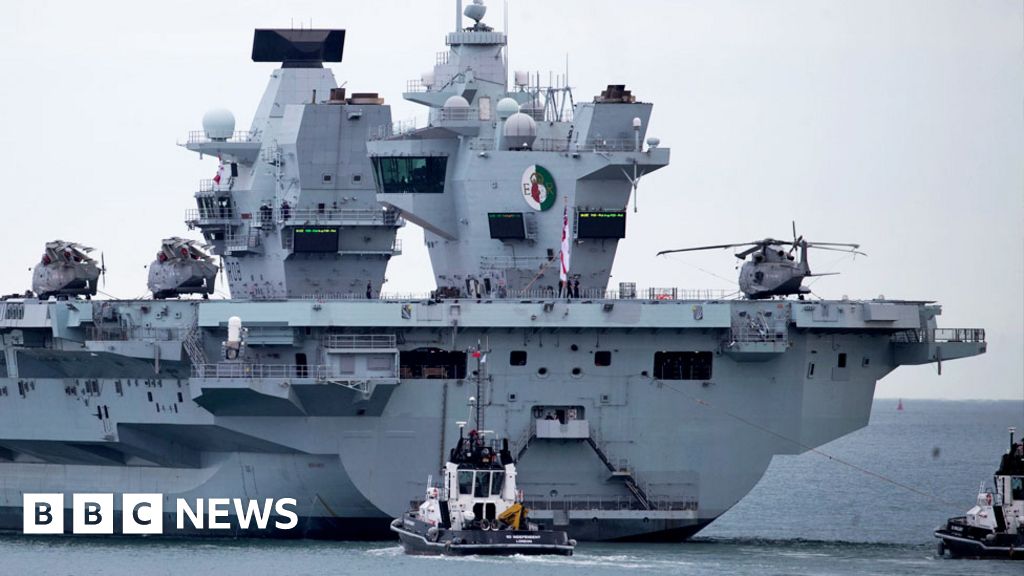Sandhi Yudha
Well-Known Member
Its sadly a policy for decades to have a ridiculous small amount of missiles. Like Sturm already said, it is because of threat perceptions and actual operational requirements. I hope they will change this policy soon, but looking to recent developments like the acquisition of 25.000 advanced assault rifles for some kind of reserve unit, it will take a lot of time until we will see a change in the way of thinking of some high officials.On this.
Australia is talking a lot about missiles.

Australia should be stockpiling missiles instead of making them | The Strategist
The Australian government needs to explain why making guided missiles domestically is better than simply importing and holding a stock of them big enough for war. Until it does, we must wonder whether its policy ...www.aspistrategist.org.au
It seems likely we will have a mix of local production and stock pile.
Australia has a significant stockpile.
RAAF cleared for $1.2 billion AMRAAM purchase - Australian Defence Magazine - $1.6billion for 450 AIM-120DRaytheon secures US$768m AMRAAM contract
Raytheon Missile Systems has secured a US$768 million (A$1. 1 billion) non-competitive fixed-price incentive (firm) contract for Advanced Medium Range Air-to-Air Missile (AMRAAM) Production Lot 33.www.defenceconnect.com.au
Australia – AIM-120C-7 Advanced Medium-Range Air-to-Air Missiles | Defense Security Cooperation Agency 120 AIM-120C
Australia To Acquire AIM 9X-2 Sidewinder Missiles Through FMS Sale ~350
Reverse engineering Australia's FMS requests | The Strategist
On 31 May, yet another Australian FMS purchase approval was listed on the US Defense Security Cooperation Agency (DSCA) website. This new sale is for ‘up to eighty (80) Standard Missiles, SM-2 Block IIIB’, as ...www.aspistrategist.org.au
More AIM-9X AAMs for the RAAF | ADBR ~50
While exact numbers of operational missiles aren't known, its significant, and been made larger recently. Australia is also famous for hording older equipment and munitions, there is no shortage of storage.
I don't know about Singapore, but Australia used to have significant sway in Washington, and would likely make a strong case to be "high on the list" for resupply. The American military industrial production machine is impressive, and the US has eye wateringly large stockpiles, and an economy that can adapt.
If the higher band of FMS is to be believed, then Australia would have a significant stockpile of Aim9 and AIM120. Possibly 500 of AIM9 and Possibly ~1000 Aim120. Backed up with several thousand SMD, and all the other stuff like harpoons, SM-2, ESSM, LRASM, JASSM, JDAM etc.
While no stockpile is limitless, that is a heck of a lot of firing at Chinese Fighters and bombers, ships and land targets. Assuming some of those hit airframes, that is going to be a significant chunk of anything flying around within our zone.
Indonesia has been famous for fleetingly small stockpiles of munitions and logistics spares. Having operational fighters armed, on day one seems like a big ask. Sourcing from Europe also, hmm, the Europeans typically have small stockpiles and slow rates of production.
Between Singapore and Australia, its a significant refueling fleet and surveillance fleet, backed by other assets like JORN.
Indonesia striking deals on its own, is futile. It will never be able to grow enough capability quick enough to meet the coming threats. China isn't some small upstart, bumbling its own journey with similar issues to Indonesia. When they come they will dominate.
Indonesia still seems to choose a path that makes it difficult for it to form any deeper alliances.
Prabowo Set to Complicate the Australia-Indonesia Relationship
There are plans to open a large gold mine on the Island of Sangihe, an island between Sulawesi and Mindanao from the Philippines. The foreign company that will get 70% shares of it is from Canada, i expect the other 30% will be in Indonesian hands and not chinese, maybe you can confirm that. In this video
Kelanjutan investasi smelter Tsingshan belum pasti
Freeport Indonesia memastikan tidak akan melanjutkan rencana kerja sama dengan Tsingshan usai tak mencapai kata sepakatindustri.kontan.co.id
I put this on this thread, eventough it's not related to SCS directly. However indirectly it shown the effect of Political conundrum that more and more spill out to regular commercial deal, in SEA region.
Indonesia actually since nearly the end of SBY era, already put regulations that aim to reduce toward ending export of Raw Minerals. In sense all mining company has to invest or work with Partners to build smelters. This already push some of the mining companies toward business decision corner, and sometimes it can create diplomatic problem. Chinese companies, on the other hand see this as opportunity. Many of them try to bring their own smelter capacities, and put it in Indonesia, to gain access toward the minerals.
They see it chances if the existing mining companies then balk down from Indonesia, due their reluctance to invest in smellter. Then they can move in to buy them out. The other way around, if the mining companies want to keep their Indonesian mining rights, they can offer them partnership on building smelters. Either way they can get preference access to the minerals.
Smelters is low margin business. Just like many Infrastructure business. That's why many mining companies reluctance to go to this business. Most that want to invest in smelters actualy also has down line business to support their smelters.
However China does not alone to see this chances. South Korean and Japan also see it. Moreover I suspect both Seoul and Tokyo also see this, to cut Chinese move on gaining control on mineral market in the region. Afterall ROK and Japanese companies also the big end users of the minerals.
Now Freeport Mcmoran as US mining company already control Giant deposit of Copper and Gold in Papua since early Soeharto era. They definetely will not give it up. However they also don't want to invest alone in the smelter business. Thus the Chinese Tsingshan come to them to open partnership on Smelter with Tsingshan as majority holder.
As the article shown, Freeport now backdown on the partnership and choose Japanese Chiyoda instead as partner. It can be this is only a commercial issue. Perhaps Freeport find Chiyoda agreement more interested. However I sense political consideration influence this.
The Tsingshan partnership is actualy cost lower than Chiyoda ones. Also Chiyoda wants to build the smelter in East Java (in Industrial Complex that Japanese Investors build). While Tsingshan will build it in Halmahera Island, much closer to West Papua, thus reduce the tranportation costs.
Perhaps there's commercial details that Freeport find more agreable with Chiyoda. However I sense political pressure from US can be a factor for Freeport chose to go with Japanese partner. Can this shown more of the patern politics increasing their push toward commercials transactions ?
Is this going to be the next patern ? Will the business world has to choose, whose going to be the business transaction partner is ?
Just something to think of.

The battle for Indonesia's Gold Island
There are fears that a mine will threaten Sangihe island's ancient forests and local water supply.
Last edited:

